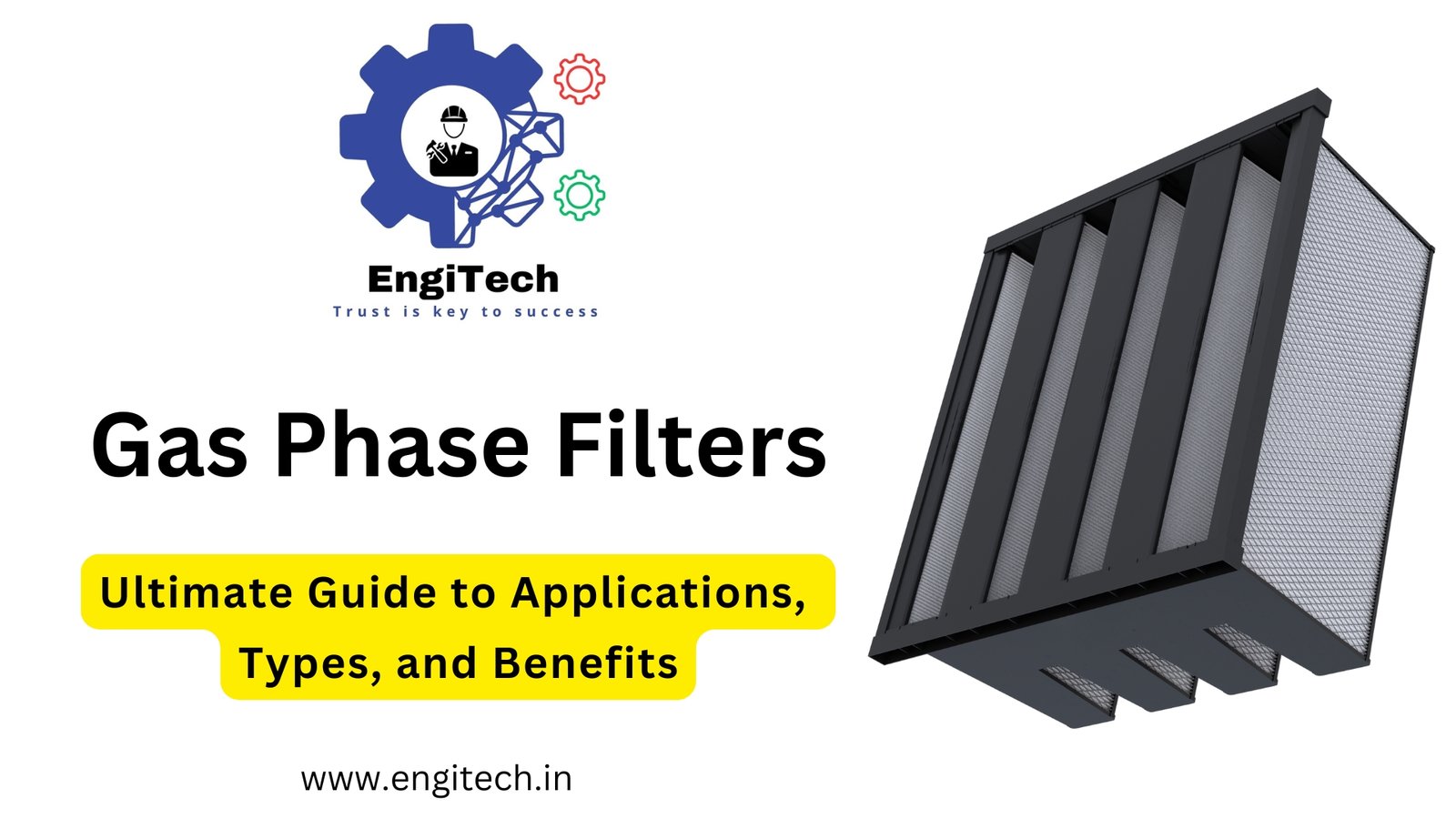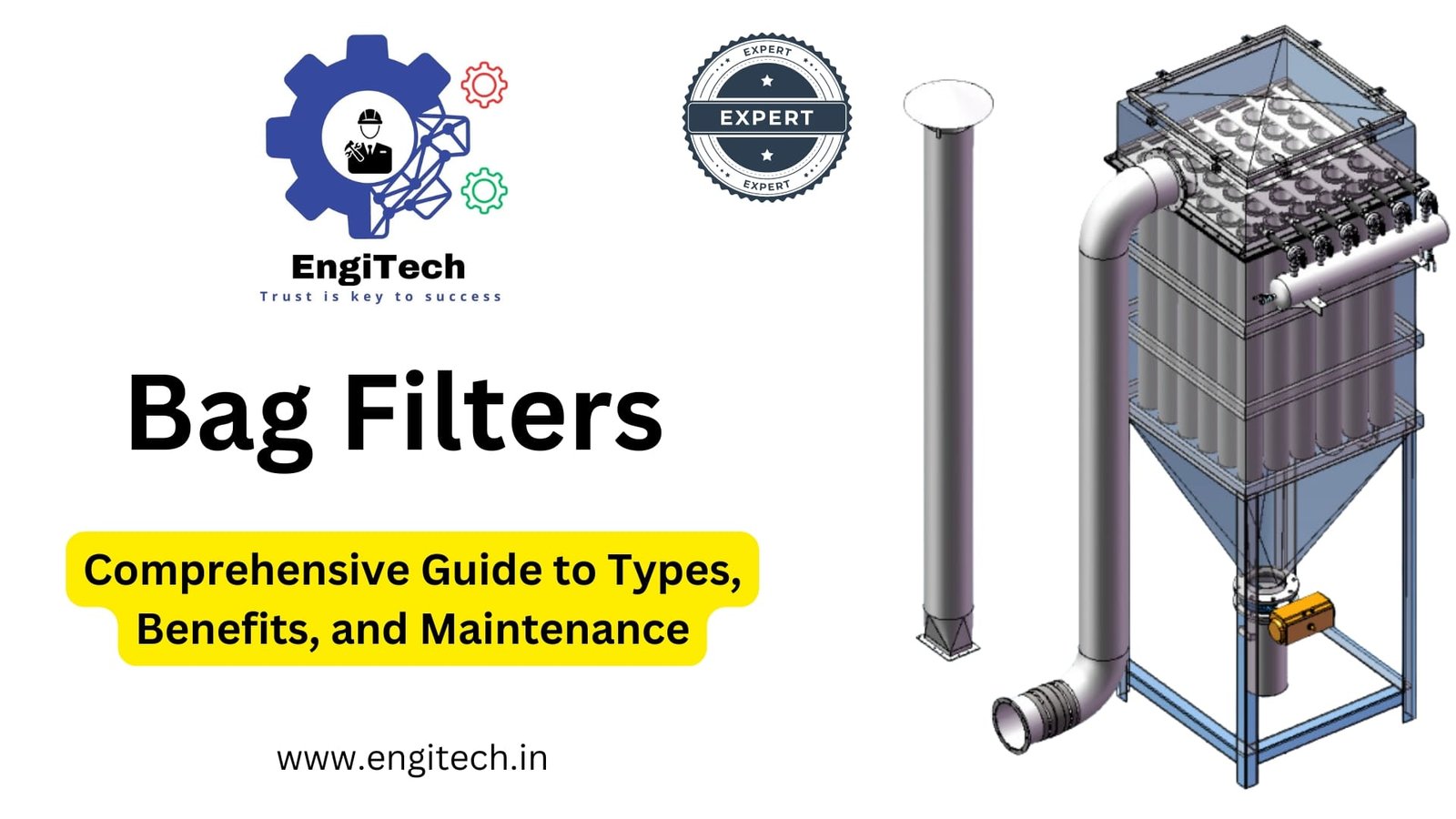Comprehensive Guide to Rooftop Air Handling Units: Efficiency, Benefits, and Maintenance

In the realm of HVAC systems, rooftop air handling units (AHUs) play a critical role in ensuring efficient climate control for commercial and industrial buildings. These units are designed to handle air intake, filtration, conditioning, and distribution, all from a rooftop location.
This comprehensive guide explores the key aspects of rooftop air handling units, including their efficiency, benefits, installation considerations, and maintenance practices. Whether you’re a facility manager, building owner, or HVAC professional, understanding these units will help you make informed decisions about your HVAC system.
Table of Contents
What are Rooftop Air Handling Units?
Rooftop air handling units are essential components of an HVAC system that are installed on the roof of a building. They are responsible for circulating and conditioning the air within a building, which includes heating, cooling, humidifying, and dehumidifying processes. By placing these units on the roof, space inside the building is saved, and the system benefits from a more efficient operation due to improved air distribution.
Key Components of Rooftop Air Handling Units
- Air Filters: Remove airborne particles and contaminants from the incoming air.
- Fans: Circulate air throughout the system and into the building.
- Heating Coils: Provide warmth to the air during colder months.
- Cooling Coils: Cool the air during warmer months.
- Humidifiers/Dehumidifiers: Adjust the moisture levels in the air.
- Ductwork: Distribute conditioned air throughout the building.
- Controls: Regulate the operation of the unit and ensure optimal performance.
Benefits of Rooftop Air Handling Units
Rooftop air handling units offer several advantages that make them a popular choice for many commercial and industrial applications. Here are some key benefits:
1. Space Saving
By installing AHUs on the roof, valuable space inside the building is freed up for other uses. This is particularly advantageous in urban settings where floor space is at a premium.
2. Improved Air Quality
Rooftop units often come equipped with advanced air filtration systems that improve indoor air quality by removing pollutants and allergens. This results in a healthier environment for building occupants.
3. Efficient Operation
Rooftop AHUs are designed to operate efficiently, with the potential to reduce energy consumption and operational costs. The central location on the roof allows for easier access to external air, which can improve the overall efficiency of the HVAC system.
4. Reduced Noise
Since the units are installed on the roof, the noise generated by the AHU is less likely to interfere with the comfort of building occupants. This separation helps maintain a quieter indoor environment.
5. Ease of Maintenance
Accessing rooftop units is generally easier than accessing units installed within the building. This simplifies maintenance tasks and can reduce downtime for repairs or service.
Installation Considerations for Rooftop Air Handling Units
Proper installation of rooftop air handling units is crucial for ensuring optimal performance and longevity. Here are some important considerations:
1. Structural Integrity
The roof must be capable of supporting the weight of the AHU and any associated components. Structural assessments should be conducted to ensure the roof can handle the load.
2. Weather Protection
Rooftop units are exposed to various weather conditions, so it is important to choose a unit with weather-resistant features. Additionally, installing protective covers or enclosures can help shield the unit from harsh elements.
3. Ductwork and Piping
Proper installation of ductwork and piping is essential for efficient air distribution and system operation. Ensure that the ducts are properly insulated to minimize energy loss and condensation.
4. Accessibility
Ensure that the unit is installed in a location that allows for easy access for maintenance and service. Adequate space around the unit is necessary for technicians to perform their tasks safely.
5. Compliance with Codes
Adhere to local building codes and regulations when installing rooftop AHUs. This includes considerations for fire safety, noise restrictions, and environmental regulations.
Maintenance Tips for Rooftop Air Handling Units
Regular maintenance is vital for keeping rooftop air handling units in peak condition and ensuring their longevity. Here are some essential maintenance tips:
1. Inspect and Replace Air Filters
Regularly check air filters and replace them as needed to ensure efficient air filtration and maintain air quality. Clogged filters can reduce airflow and strain the system.
2. Clean Coils and Fans
Clean the cooling and heating coils, as well as the fans, to remove dust and debris. Dirty coils and fans can impede airflow and reduce system efficiency.
3. Check and Tighten Connections
Inspect electrical connections, ductwork, and piping for any signs of wear or leaks. Tighten any loose connections and repair leaks to prevent energy loss and system malfunctions.
4. Monitor System Performance
Regularly monitor the performance of the AHU to identify any changes in efficiency or unusual noises. Early detection of issues can prevent more significant problems and costly repairs.
5. Schedule Professional Maintenance
Schedule regular maintenance with a qualified HVAC technician to perform comprehensive inspections and servicing. Professional maintenance ensures that the system remains in optimal condition and adheres to safety standards.
Common Issues and Troubleshooting
Even with regular maintenance, rooftop air handling units may encounter some common issues. Here’s a brief guide to troubleshooting:
1. Poor Airflow
If the airflow is insufficient, check for clogged filters, blocked ducts, or malfunctioning fans. Cleaning or replacing components and ensuring proper ductwork can resolve the issue.
2. Inconsistent Temperature
Temperature inconsistencies may be due to faulty heating or cooling coils, or issues with the thermostat. Inspect these components and adjust settings as needed.
3. Unusual Noises
Strange noises could indicate issues with the fans, bearings, or other mechanical parts. Investigate the source of the noise and address any mechanical problems promptly.
4. System Leaks
Leaks in the ductwork or piping can lead to energy loss and reduced system efficiency. Inspect and seal any leaks to maintain system performance.
Conclusion
Rooftop air handling units are a crucial element in modern HVAC systems, offering numerous benefits in terms of efficiency, space utilization, and air quality. By understanding the components, benefits, installation considerations, and maintenance requirements, you can ensure that your rooftop AHU performs optimally and provides reliable service.
Implementing regular maintenance and addressing any issues promptly will help extend the life of your air handling unit and keep your building’s environment comfortable and healthy. For more detailed guidance and expert advice on rooftop air handling units, visit EngiTech, where we provide comprehensive resources on HVAC systems and other industrial technologies.
FAQs About Rooftop Air Handling Units
1. What is a rooftop air handling unit (AHU)?
A rooftop air handling unit (AHU) is a component of an HVAC system designed to condition and circulate air throughout a building. Installed on the roof, it handles tasks such as air filtration, heating, cooling, and ventilation, ensuring a comfortable indoor environment.
2. What are the main components of a rooftop AHU?
The main components of a rooftop AHU include:
- Air Filters: To remove dust and pollutants from the air.
- Fans: To circulate air through the system.
- Heating Coils: For warming the air during colder months.
- Cooling Coils: For cooling the air during warmer months.
- Humidifiers/Dehumidifiers: To adjust humidity levels.
- Ductwork: For distributing conditioned air throughout the building.
- Controls: To regulate the operation of the unit.
3. What are the benefits of using rooftop air handling units?
Benefits of rooftop AHUs include:
- Space Efficiency: Saves indoor space by being installed on the roof.
- Improved Air Quality: Equipped with advanced filters to enhance indoor air quality.
- Energy Efficiency: Often more efficient due to direct access to external air.
- Reduced Noise: Quieter operation since the unit is located on the roof.
- Ease of Maintenance: Simplified maintenance access compared to units installed inside buildings.
4. How do rooftop air handling units improve energy efficiency?
Rooftop AHUs improve energy efficiency by:
- Optimizing Air Distribution: Efficiently distributing conditioned air throughout the building.
- Reducing Ductwork Losses: Shorter duct runs can reduce energy losses.
- Utilizing Outside Air: Direct access to outside air can enhance cooling and heating efficiency.
- Advanced Controls: Modern AHUs come with energy-saving controls and sensors.
5. What are the common issues with rooftop air handling units?
Common issues include:
- Poor Airflow: Often due to clogged filters or blocked ducts.
- Inconsistent Temperature: Caused by faulty heating or cooling coils.
- Unusual Noises: May indicate mechanical problems with fans or bearings.
- System Leaks: Can lead to energy loss and reduced efficiency.
6. How often should I perform maintenance on my rooftop AHU?
Routine maintenance should be performed at least twice a year—once in the spring and once in the fall. Regular inspections, cleaning, and part replacements help ensure optimal performance and extend the unit’s lifespan.
7. What maintenance tasks are essential for rooftop AHUs?
Essential maintenance tasks include:
- Inspecting and Replacing Air Filters: To maintain air quality and system efficiency.
- Cleaning Coils and Fans: To ensure efficient operation and prevent buildup.
- Checking and Tightening Connections: For electrical components and ductwork.
- Monitoring System Performance: To detect and address any operational issues.
- Scheduling Professional Inspections: For thorough servicing and safety checks.
8. How do I choose the right rooftop AHU for my building?
Choosing the right rooftop AHU involves:
- Assessing Building Size and Requirements: Determine the cooling and heating needs based on the building’s size and usage.
- Considering Energy Efficiency: Look for units with high efficiency ratings.
- Evaluating Features: Choose features that match your specific needs, such as advanced controls or humidity management.
- Consulting with Professionals: Work with HVAC experts to ensure the unit meets all building codes and operational requirements.
9. Can rooftop air handling units be retrofitted into existing buildings?
Yes, rooftop AHUs can be retrofitted into existing buildings. However, it requires careful planning and assessment to ensure that the building’s structure can support the new unit and that ductwork and other components are compatible.
10. Are rooftop AHUs suitable for all types of buildings?
Rooftop AHUs are suitable for many commercial and industrial buildings but may not be ideal for all types. Factors such as building size, roof structure, and local climate conditions should be considered when determining if a rooftop AHU is appropriate.
These FAQs cover the essential aspects of rooftop air handling units, addressing common questions and concerns that knowledge seekers and professionals might have.
Explore EngiTech for more resources and updates on HVAC technologies and other engineering innovations. Stay informed and ensure your systems are always running at their best!


